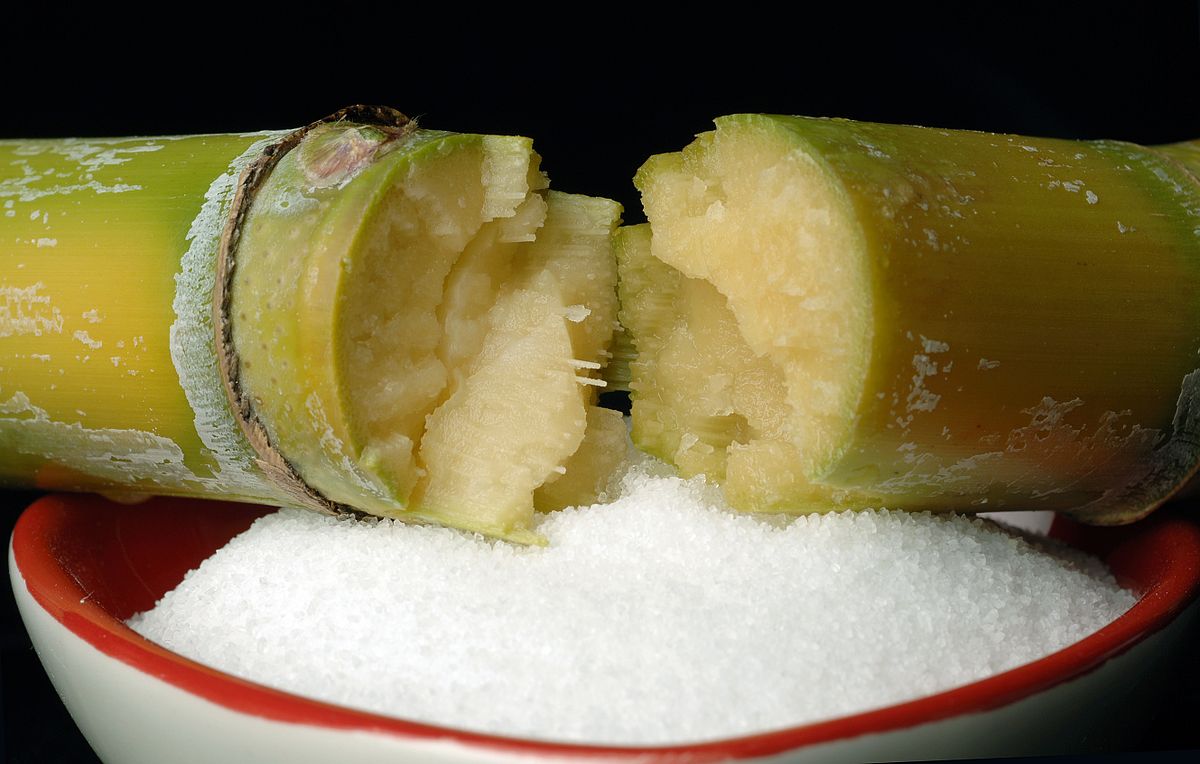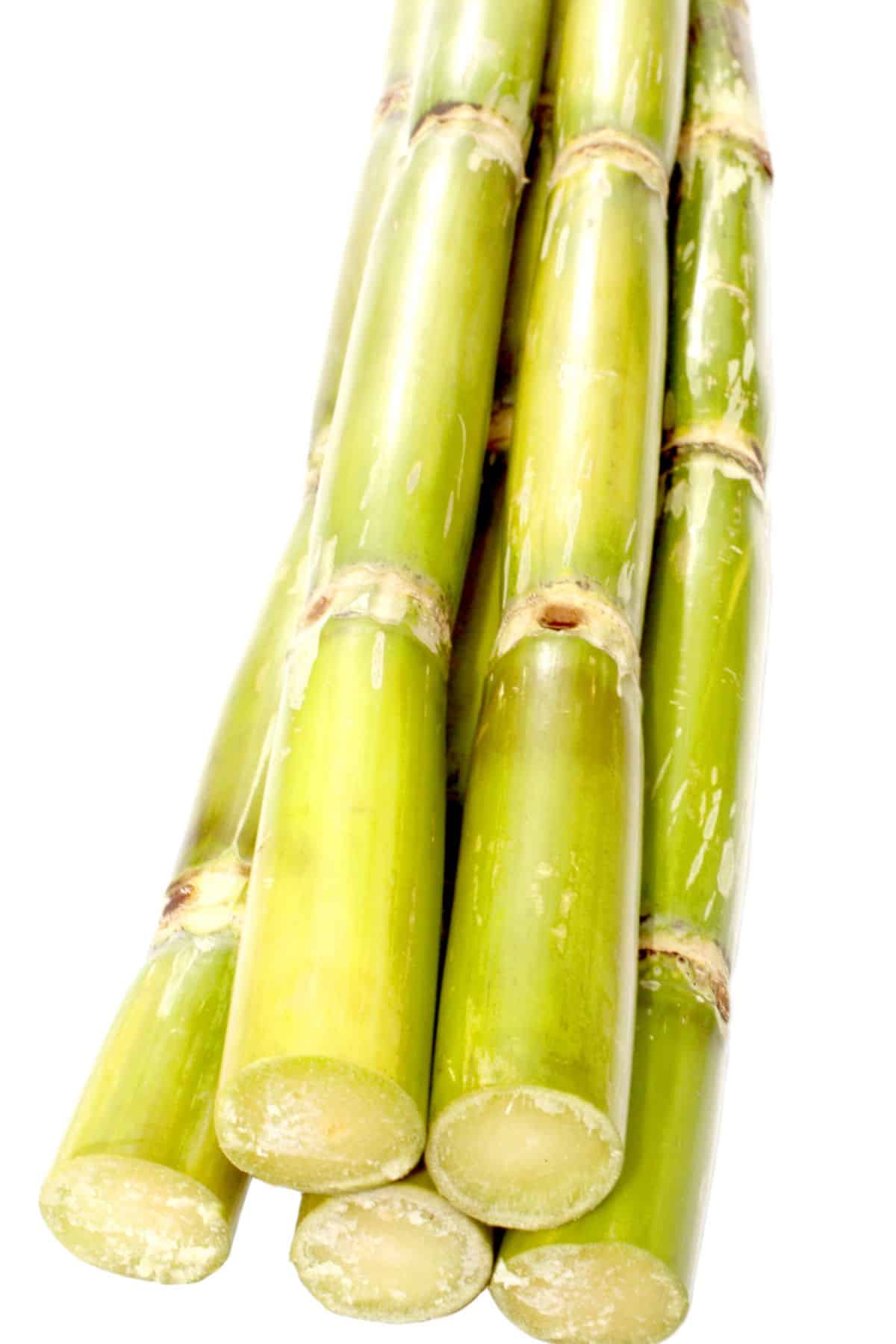Cane Sugar Processing Explained: What Takes Place Inside a Sugar Mill
Cane Sugar Processing Explained: What Takes Place Inside a Sugar Mill
Blog Article
A Thorough Guide to the Ecological Effect and Sustainability Practices in Walking Cane Sugar Handling
The environmental impact of cane sugar processing offers an intricate array of obstacles that warrant cautious assessment. From dirt deterioration and excessive water use to the carbon impact connected with farming and production, the repercussions of conventional techniques are far-reaching. On the other hand, the adoption of cutting-edge sustainability procedures uses a pathway toward more accountable manufacturing techniques. Recognizing the interaction in between these problems is essential for stakeholders in the industry. What details methods can be implemented to strike an equilibrium between productivity and ecological stewardship? The responses hinge on a better consider both the obstacles and potential solutions.
Introduction of Walking Stick Sugar Handling
Walking stick sugar processing involves a series of methodical steps that transform sugarcane into polished sugar. Initially, harvested sugarcane is carried to refining centers, where it undertakes cleaning up to remove soil and particles. Following this, the walking cane is squashed to remove juice, which is then made clear by eliminating contaminations through heating and the enhancement of lime.
The clarified juice undergoes evaporation, where water is eliminated to focus the sugar content. This focused syrup is after that crystallized with air conditioning, enabling sugar crystals to form. These crystals are separated from the staying syrup using centrifugation, resulting in raw sugar. To attain refined sugar, the raw product undertakes further purification processes, which may include cleaning and filtering to eliminate remaining contaminations and color.
The end product is then dried and packaged for circulation. Throughout this whole process, maintaining effectiveness and quality assurance is vital to ensure the sugar fulfills industry criteria. Each action in walking stick sugar handling not only adds to the last item however likewise has implications for resource usage and waste generation, setting the phase for discussions on sustainability and ecological impacts associated with sugar manufacturing.
Ecological Challenges of Production
The production of cane sugar presents numerous considerable ecological difficulties that warrant attention. One primary issue is the substantial use agrochemicals, consisting of chemicals and plant foods, which can bring about dirt degradation, biodiversity loss, and contamination of regional water sources. The drainage from sugarcane fields frequently lugs these chemicals into nearby ecological communities, interfering with water life and affecting the health and wellness of neighborhoods reliant on these water bodies.
Another challenge is the high power usage connected with sugarcane handling. The boiling and refining phases call for substantial warmth, primarily created by shedding fossil gas, contributing to greenhouse gas discharges. Additionally, the large acreage required for sugarcane growing can cause logging and habitat destruction, more aggravating climate change and harmful wildlife.
Additionally, the labor practices in some regions raise moral concerns, as employees may encounter poor working conditions and inadequate earnings. This situation typically perpetuates a cycle of hardship in regional areas. Cane Sugar Processing. Attending to these ecological difficulties is critical for creating extra sustainable techniques in cane sugar manufacturing, ultimately profiting both the setting and the areas included in this industry
Water and Land Usage Effect
Water sources and land application are crucial elements in the walking cane sugar market that considerably affect the environment. The farming of sugarcane requires substantial water input, with price quotes suggesting that it can consume up to 2,000 litres of water per kilo of sugar generated. This intensive use of water typically results in deficiency of neighborhood water resources, affecting not only the sugarcane ranches yet additionally bordering ecosystems and areas that depend on the very same water sources for farming and domestic use.

Moreover, land usage for sugarcane cultivation can lead to logging and the conversion of natural environments into monoculture vineyards. This method reduces biodiversity, interrupts neighborhood ecosystems, and adds to soil deterioration. The development of sugarcane areas frequently intrudes on useful farming land, developing competition for sources in between food and biofuel production.
Sustainable techniques, such as maximizing irrigation methods and executing plant rotation, are important to alleviate these effects. By adopting extra efficient water use and land management methods, the cane sugar industry can minimize its environmental footprint, making sure a balance between agricultural efficiency and ecological preservation.
Greenhouse Gas Emissions
Greenhouse gas emissions stand for a considerable environmental worry within the walking stick sugar processing industry, specifically as farming article source methods broaden to meet international demand. The farming of sugarcane, a plant that flourishes in exotic climates, depends greatly on synthetic plant foods and pesticides, which contribute to laughing gas emissions. In addition, land-use modifications, consisting of deforestation for new sugarcane plantations, release co2 saved in plant life and dirt.
Throughout processing, energy consumption is one more significant resource of greenhouse gas emissions - Cane Sugar Processing. Numerous sugar mills make use of nonrenewable fuel sources to power machinery and generate warm, leading to significant carbon impacts. Furthermore, the transport of raw sugarcane and finished products adds layers of exhausts via gas burning in lorries
This includes examining present farming techniques, processing methods, and transportation systems to determine areas for enhancement and mitigation. Attending to greenhouse gas emissions is necessary for cultivating a more sustainable cane sugar industry in a transforming climate.

Lasting Practices and Innovations
Sustainable techniques and advancements are progressively important in the walking cane sugar processing industry as stakeholders look for to reduce ecological influences while preserving productivity. One significant development is the execution of integrated plant management, which enhances source use by incorporating soil monitoring, pest control, and plant turning strategies. This technique improves yield while lessening chemical inputs and preserving soil wellness.
Moreover, the adoption of eco-friendly energy sources, such as biomass from sugarcane deposits, has obtained grip - Cane Sugar Processing. By transforming waste products right into energy, processing centers can lower their reliance on fossil gas, therefore decreasing greenhouse gas discharges
Water monitoring techniques have actually also seen renovations with the recycling and reusing of water in processing plants, dramatically reducing freshwater usage. Advancements in modern technology, such as accuracy agriculture, enable farmers to monitor crop health and wellness and source usage better, guaranteeing sustainable growing techniques.
Moreover, accreditation programs like Fair Profession and Rainforest Alliance motivate environmentally accountable farming methods and promote social equity within the supply chain. By accepting these lasting methods and advancements, the walking cane sugar handling market can boost its strength and add positively to environmental stewardship.
Final Thought
The environmental influence of walking stick sugar processing presents considerable difficulties, including soil degradation, high water intake, and greenhouse gas exhausts, along with honest issues associated with labor practices. Addressing these concerns with lasting methods, such as integrated crop management, renewable power adoption, and water recycling, is vital. By promoting eco liable and socially equitable methods in sugar manufacturing, the sector can reduce its adverse effects, ensuring an extra sustainable future for both communities and click this link communities entailed in this market.
Cane sugar handling involves a collection of systematic steps that transform sugarcane right into polished sugar. Each step in walking cane sugar processing not just contributes to the final product yet also has effects for resource use and waste generation, establishing the stage for conversations on sustainability and ecological influences associated with sugar manufacturing.
Greenhouse gas emissions stand for a substantial environmental problem within the walking stick sugar company website handling industry, especially as farming practices increase to satisfy international demand.Lasting practices and technologies are progressively essential in the cane sugar processing sector as stakeholders seek to decrease ecological influences while maintaining efficiency.The ecological impact of walking cane sugar processing offers significant challenges, consisting of dirt destruction, high water consumption, and greenhouse gas discharges, together with moral problems related to labor methods.
Report this page